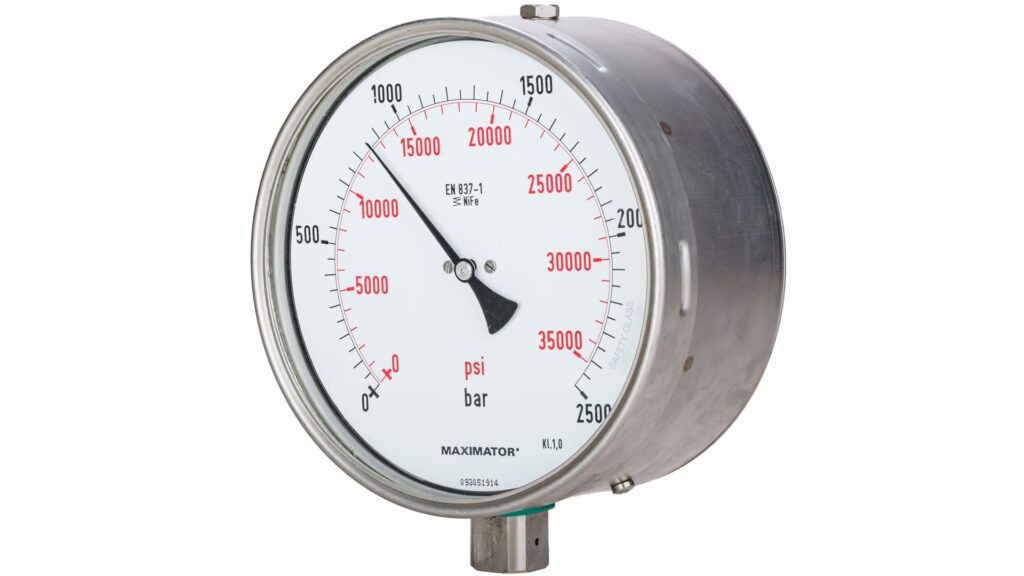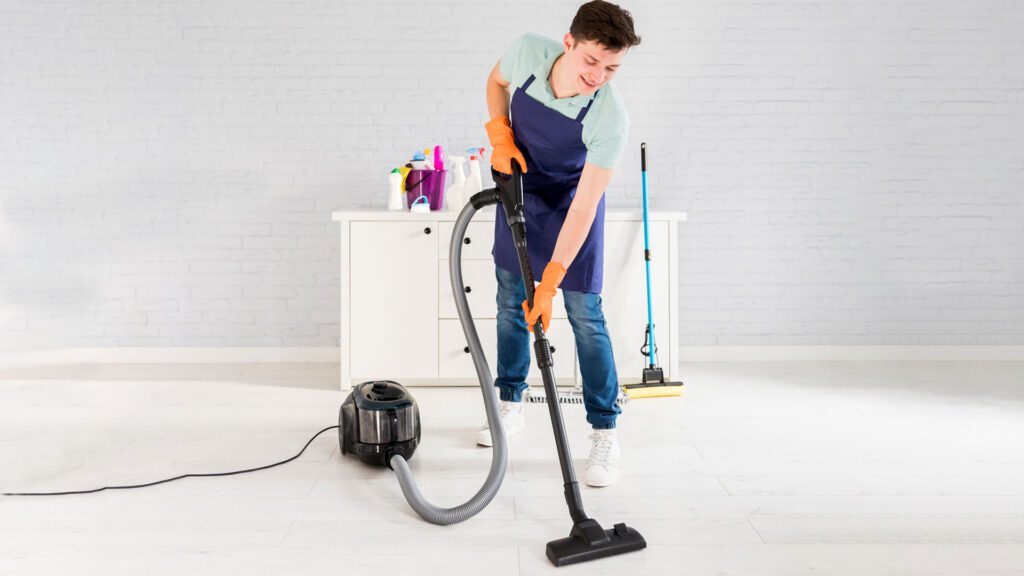We all want a vacuum that can suck up all the crumbs, pet hair, and dust from our floors, right? But to ensure it’s up to the task, you must know how strong the suction power is.
Check out this guide and learn How To Measure Vacuum Suction Power like a pro!
How To Determine The Suction Power of a Vacuum?
The measure of the suction power of vacuum cleaner is determined by its Air Watts, which is calculated based on its Cubic Feet per Minute (CFM) and Water Lift.
The CFM and water lift are the best ways to measure the actual cleaning power of vacuum system.
How Vacuum Power Is Measured?
The motor’s power indicates the amount of energy needed for the vacuum cleaner to operate, and it is measured in Watts (W).
Industrial vacuum cleaners typically consume between 1000-4000 W, and a vacuum with one motor usually falls within the 1000-1500 W range.
The motor’s power does not directly indicate its suction power but rather the amount of energy it requires to operate.
What Are Air Watts?
Air Watts is a combination of Water Lift and Airflow measurements. It is the number of watts that vacuum use to force air through its nozzle.This has become the norm in the central vacuum industry.
It is a precise calculation considering both CFM and Water Lift simultaneously during operation at the end of the vacuum hose, tool, or brush but without a nozzle.
How Does Air Watts Measure Vacuum Cleaner Suction Power?

To calculate the Air Watts using CFM and Water Lift, you can use this simple formula: P = 1/8.5 x F x S
P = Power (Air Watts)
F = Air Flow (CFM)
S = Water Lift
What Does Airflow In Cubic Feet Per Minute Mean?
The amount of air that a vacuum cleaner moves from surfaces into bags or canisters per minute is measured in CFM. A vacuum with a high CFM is generally more powerful.
The suction power of a vacuum determines the strength of the vacuum cleaner, while the airflow capacity indicates how much air the vacuum can circulate.
Water Lift Test: Sealed Suction Method
A sealed suction measurement is used to evaluate vacuums’ suction power. Follow these steps to determine the suction motor’s maximum height.
Step 1: Close all openings and submerge the vacuum wand and suction hose in a column of water 1 inch in diameter.
Step 2: Close all the openings, as there should be no air flowing through the motor during the Water Lift test.
Step 3: Check the factors like the voltage the motor is getting, air temperature, and barometric pressure because they can change the actual measurement of the Water Lift.
Factors That Can Influence The Power of a Vacuum Cleaner

When buying a vacuum, it is crucial to consider certain factors that can impact its overall efficiency.
- If a vacuum has strong airflow but weak suction, it will not be effective in picking up dirt, and vice versa.
- A vacuum may have water-lift capability but requires the motor blades to spin rapidly and draw in a large volume of air.
- It is a crucial factor as it evaluates the power of the vacuum motor that creates suction and the resistance of the bag and filters the airflow through.
Applying The Formula For Measuring The Power of Vacuum
You simply need to multiply the CFM value by the Water Lift and then divide the result by 8.5.
If a vacuum cleaner has an Air Flow rate of 100 CFM and a water lift of 90 inches, the equation would be P = 1/8.5 x 100 x 90.
After completing the calculations, you will discover that the Power is approximately 1058 Air Watts.
Frequently Asked Questions (FAQs)
The following are the most frequently asked questions regarding how to determine the power of vacuum.
1. What is a HEPA or high filtration vacuum cleaner?
A HEPA or high filtration vacuum cleaner is designed to filter out allergens and fine dust particles from the air more effectively than standard vacuum cleaners.
It is ideal for individuals with allergies or respiratory sensitivities.
2. How are vacuum cleaner specifications determined?
Manufacturers determine vacuum cleaner specifications, including suction hose length, motor power, and water lift, based on the design and intended usage of the vacuum system during testing and development.
3. Why is the air flow directed towards the vacuum filter?
The air must be directed towards the vacuum filter to ensure that dust and particles are captured and retained within the filtration system.
4. How is Power measured?
Power is typically measured in many inches. The unit of measurement depends on the context, such as watts in electricity and mechanics or horsepower in the automotive industry.

